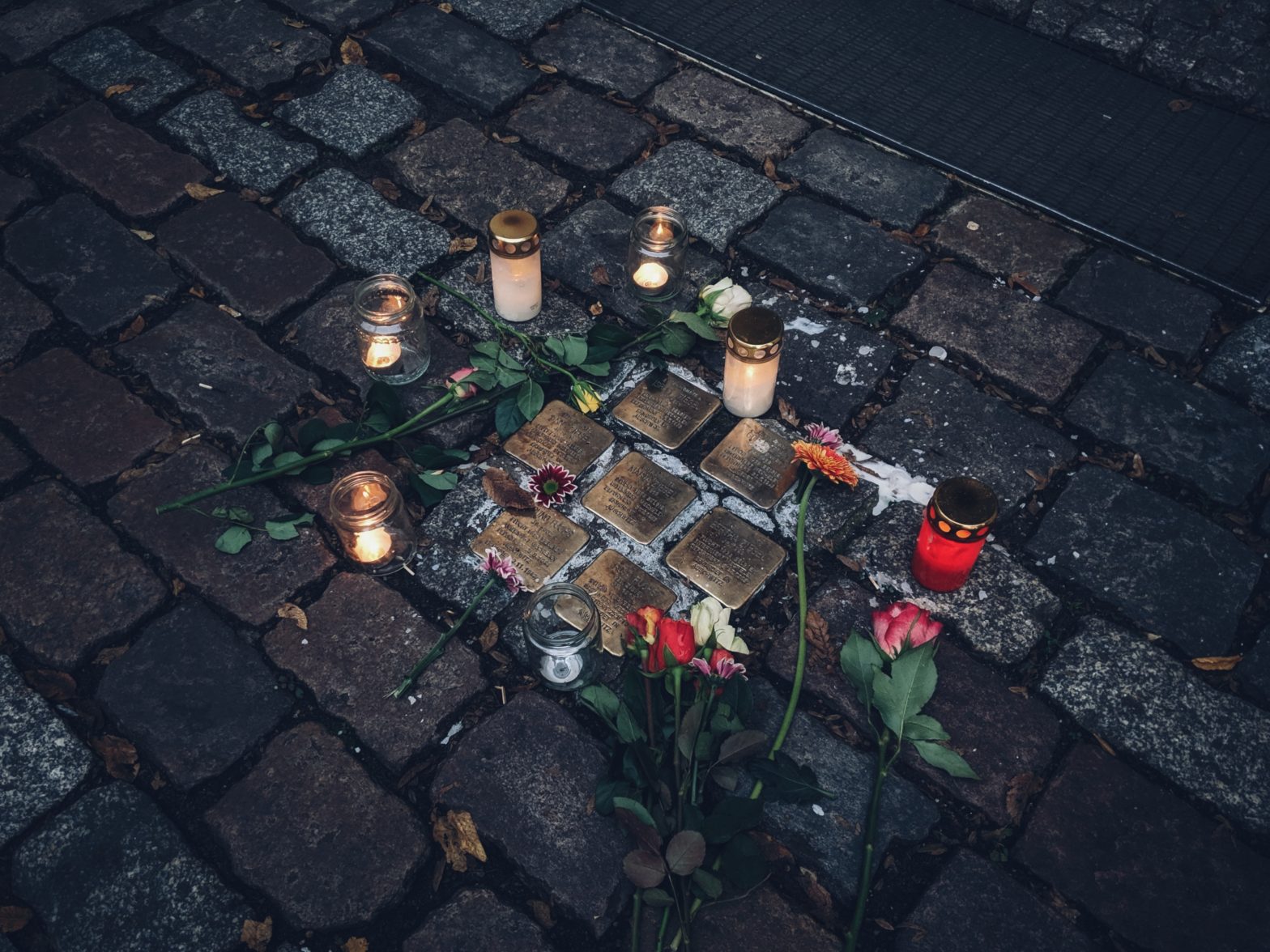There’s a new memorial in Germany that honors the Black victims of the Holocaust.
People of African ancestry were among the millions murdered by the Nazis during World War II, but their stories were often overlooked until now. The new memorial of stumbling stones in Berlin remembers Black victims Martha Ndumbe and Ferdinand James Allen.
“The Black victims of the Nazis have long not been considered—neither by academic research nor by memorial politics,” Sophia Schmitz, a historian with the Berlin-based Stolpersteine project, told Atlas Obscura during an interview. “But in a town like Berlin, a Black community in the 1920s and 1930s did exist, all of whom were at first harassed and later more often than not murdered during Nazi rule. It is our aim to uncover their stories and make them present again, late as it is.”
The Stolpersteine Project was created by artist Gunter Demnig, and commemorates people who were persecuted by the Nazis between 1933 and 1945.
Stolpersteine are concrete blocks measuring 10×10 cm and laid into the pavement in front of the last voluntarily chosen places of residence of the victims of the Nazis. Their names and fate are engraved into a brass plate on the top of each Stolperstein.
When the Nazis came to power in 1933, an estimated 1,500 to 2,000 Black residents lived in Germany working as performers, athletes, and diplomats, as reported in the Deutsche Welle.
During this time, people of African descent were “socially and economically ostracized” in Nazi Germany, according to the United States Holocaust Memorial Museum as they could not attend school, were fired from their jobs, and were unable to apply for citizenship.
Black Holocaust victims Martha Ndumbe and Ferdinand James
//www.instagram.com/embed.js
Martha Ndumbe was born in Berlin in 1902. Her mother was from Hamburg and her father was a native of Cameroon. He reportedly moved to Germany in 1896 to participate in a Völkerschauen, commonly known as a “human zoo,” that “exhibited” Africans in racist and stereotypical contexts, as the Smithsonian explains.
Ndumbe couldn’t find work and turned to prostitution. The Nazis imprisoned her as an “asocial professional criminal.” She was sent to Ravensbrück concentration camp, where she died in 1945.
Ferdinand James was born in 1909 to a Black British musician from the Caribbean and Lina Panzer, a resident of Berlin.
James suffered from epilepsy and was murdered at the Bernburg psychiatric hospital in 1941 as part of Aktion T4: the Nazis’ mass murder of disabled people.
Before the Ndumbe’s and James’ new stone, there were only two other memorials that recognized Black victims killed by Nazis.
A plaque in Berlin honors Mahjub bin Adam Mohamed, a onetime child soldier for the German colonial army in East Africa. Mohamed moved to Berlin in 1929, working as a teacher, serve, and actor. The Nazis accused him of “transgression of racial barriers” for having relationships with German women. He was sent to the Sachsenhausen concentration camp, where he died in 1944.
A stone in Frankfurt honors Hagar Martin Brown, a South African man who worked as a servant. Nazi doctors used him as a test subject for medical chemicals, leading to his death in 1940.





